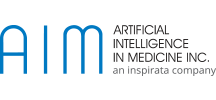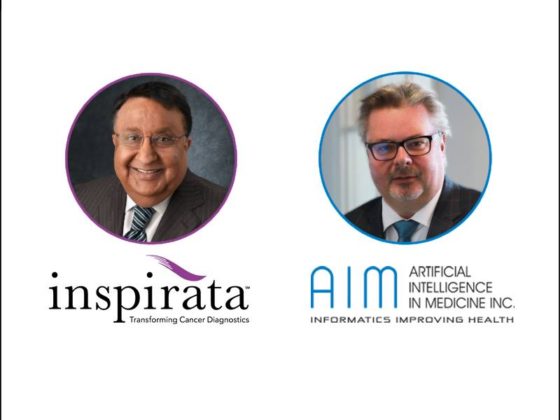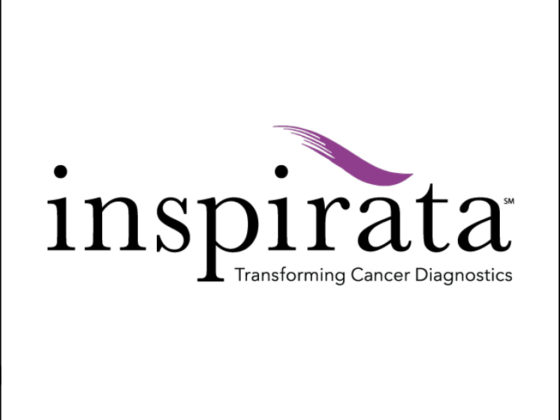The NCI has licensed AIM’s E-Path Reporter software for the last 15 years to provide an automated solution that enables cancer registries to more efficiently collect and report cancer incidence and survival data.
Toronto, CA, Dec. 18, 2018 (GLOBE NEWSWIRE) — Artificial Intelligence In Medicine Inc. (AIM), an Inspirata company, announced today that the National Cancer Institute (NCI) has extended its license agreement for AIM’s E-Path Reporter software. The software has been licensed for use within the SEER (Surveillance, Epidemiology and End Results) program, for 14 central registries and 286 major reporting hospitals and laboratories across the U.S. NCI supports cancer data collection and research through the SEER program and publishes cancer statistics for 20 U.S. geographic areas.
The NCI requires participating cancer registries to collect data on cancer patient demographics, primary tumor site, tumor morphology and disease stage at diagnosis. The registries also must report on first course of treatment and follow-up for vital status (survival). AIM’s E-Path Reporter software helps to automate and accurately identify and report cancer data, which can be difficult to do, particularly for the 65 percent of reportable cancer data contained in unstructured formats like clinical notes, faxed test results and other non-discreet document formats.
“E-Path Reporter automates much of the manual processes involved in cancer data reporting using Natural Language Processing (NLP) and Artificial Intelligence (AI) technologies to identify, abstract and structure cancer-related terms required to be reported,” says AIM CEO, Jack Golabek. “Our software seamlessly ingests pathology reports from laboratories, hospitals and central cancer registries, and then automatically selects and codes reportable cancer cases, forwarding them to the appropriate individuals for action and greatly improving data quality and cost efficiency. Its differentiator is a pre-built oncology-specific pipeline that can extract more than 300 discrete data elements out of the box. These data elements are mapped to consistent biomedical terminology using the Unified Medical Language System (UMLS) ontology. It also employs proprietary business rules and annotation techniques that reliably identify and extract discrete biomedical concepts with context sensitivity for linguistic variations, negation and spatial associations.”






